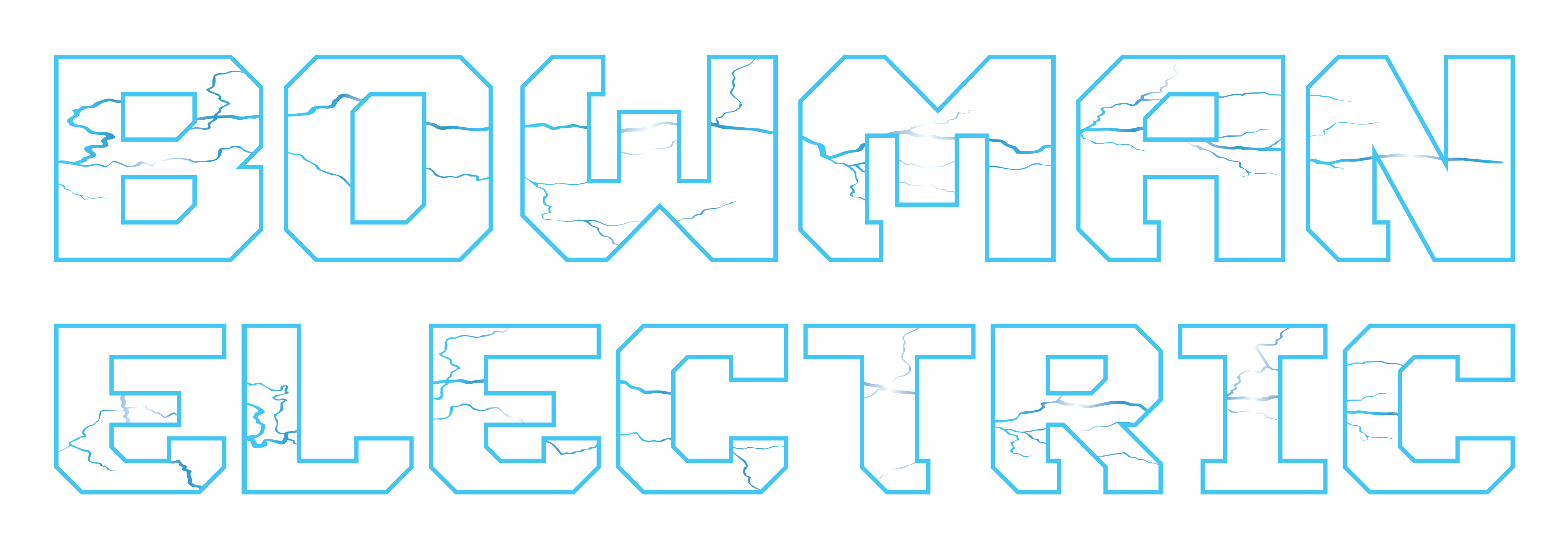
In today's fast-paced world, where electricity is as essential as water, an unexpected power outage can bring life to a standstill. We understand this and offer a comprehensive solution through reliable generator installations, ensuring that your home or business stays powered, no matter what.
Why You Need a Generator
Generators are no longer a luxury but a necessity, especially in areas prone to severe weather or with unstable power grids. They provide a backup power source, keeping critical appliances running during outages. This uninterrupted power supply is crucial not only for comfort but also for safety in homes and efficiency in businesses.
Choosing the Right Generator
We specialize in helping you select the right generator based on your specific needs. The selection process involves:
Assessing Power Requirements: We calculate the total wattage of essential appliances and systems you need to run during an outage.
Type of Generator: Depending on your needs, we recommend either a portable generator for temporary use or a standby generator for automatic, permanent backup.
Fuel Source: Generators run on various fuels such as gasoline, diesel, propane, or natural gas. We help you choose based on availability and convenience.
The Installation Process
Our team of licensed electricians ensures a smooth and compliant installation process:
Site Assessment: We choose an appropriate location for your generator, considering safety regulations and operational efficiency.
Permit Acquisition: We handle all necessary permits and ensures that the installation meets all local, state, and federal guidelines.
Installation and Testing: Our experts install the generator, complete all necessary electrical and fuel connections, and test the system thoroughly.
Maintenance and Support
Post-installation, we provide comprehensive maintenance services to ensure your generator is always in peak condition. Regular maintenance includes:
Checking oil and coolant levels
Testing battery function
Inspecting fuel components
Running a full-system operational test
Why Choose Bowman Electric?
Expertise: Our team has extensive knowledge and experience in generator installation and maintenance.
Quality Service: We pride ourselves on delivering top-notch service from start to finish.
Safety Compliance: Safety is our priority. All installations meet strict safety standards.
Customer Satisfaction: We ensure that our customers are fully satisfied with our services.
A generator is a key investment in ensuring that your life or business operations continue seamlessly, even during power outages. Bowman Electric's commitment to quality service and customer satisfaction makes us your ideal partner for generator installation and maintenance.
Contact Us
Ready for uninterrupted power? Contact Bowman Electric today for a consultation and take the first step towards reliable and continuous power supply.



